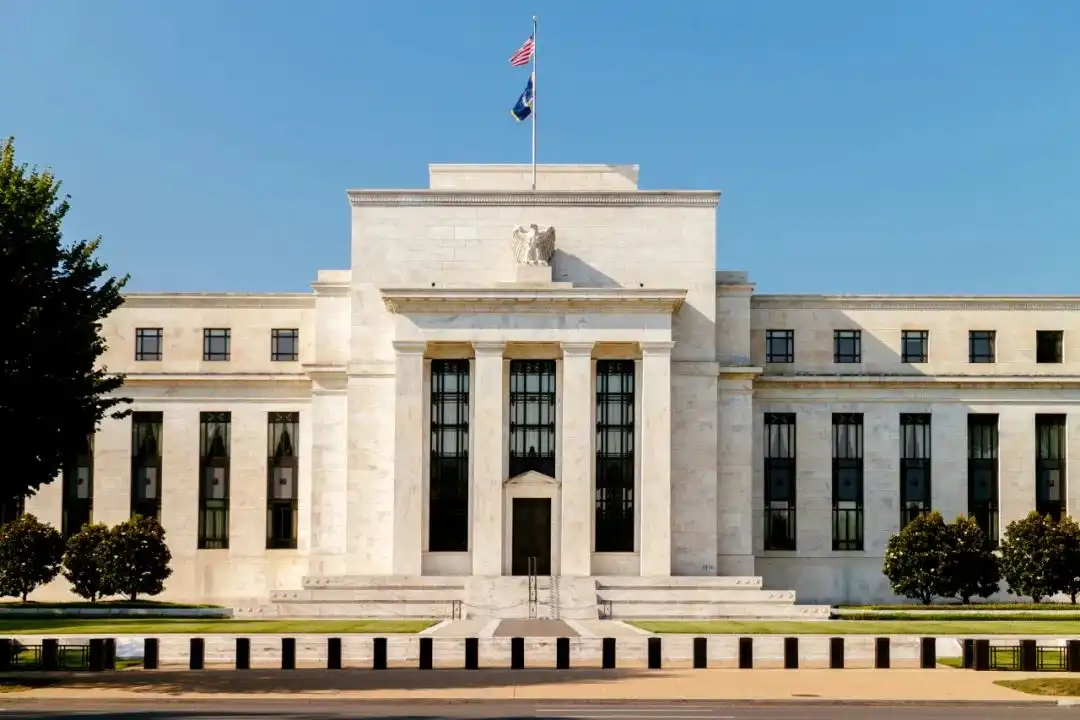Federal Reserve minutes release hawkish signal that market expects a bumpy road to interest rate cuts
New users can click on "International Business Daily" to pay attention
On April 10, local time, the Federal Reserve released the minutes of the Monetary Policy Meeting in March, which detailed the views of Federal Reserve officials on the path of monetary policy.
In March, the Fed again elected to “stand pat,” holding interest rates steady. Minutes from the meeting noted that while participants widely remarked on the ongoing uncertainty regarding elevated inflation, they suggested that recent data had not increased their confidence that inflation was on a sustained path to 2%.
Some participants commented that recent inflation increases should not be seen as only statistical. Looking ahead, participants saw geopolitical risks and elevated energy prices as still likely to keep inflation high, with the disinflation process widely seen as likely to be “bumpy”.

The latest data from the US Labor Department, released on the 11th, confirms the above judgment. The US consumer price index (CPI) rose by 3.5% year-on-year in March, expanding by 0.3 percentage points compared to February, higher than the market expectation of 3.4% and the previous value of 3.2%, reaching the highest level since September 2023.
Data showed that in March this year, the U.S. CPI rose 0.4% month-on-month, and the increase was the same as in February. Excluding food and energy prices, the U.S. core CPI rose 3.8% year-on-year in March, unchanged from previous values, but higher than the expected 3.7%.
Labor Department data showed that housing and energy costs were the main drivers behind the increase in the CPI for March.
Regarding rate cuts, the minutes show that the discussion at the meeting indicated that “nearly all participants saw it as likely to be appropriate to move to a less accommodative policy stance later this year if economic developments unfolded broadly as they anticipated.” But the minutes do not make any decision or hint at how or when rates might be reduced.
The minutes, however, showed that the rate cuts would be smaller than previously estimated, meaning the pace of cuts may fall short of the market's previous expectations of three cuts. After the release of the minutes, most market economists have widely expected the Fed will find it hard to start cutting rates in June. Now, the CME Group's FedWatch tool shows that the market has slashed its forecast for the Fed's rate cuts this year to about 50 basis points from 75 basis points, and the timing of the Fed's first cut has been pushed back to November. The data even show that some traders have begun to expect that the Fed will not cut rates this year.
